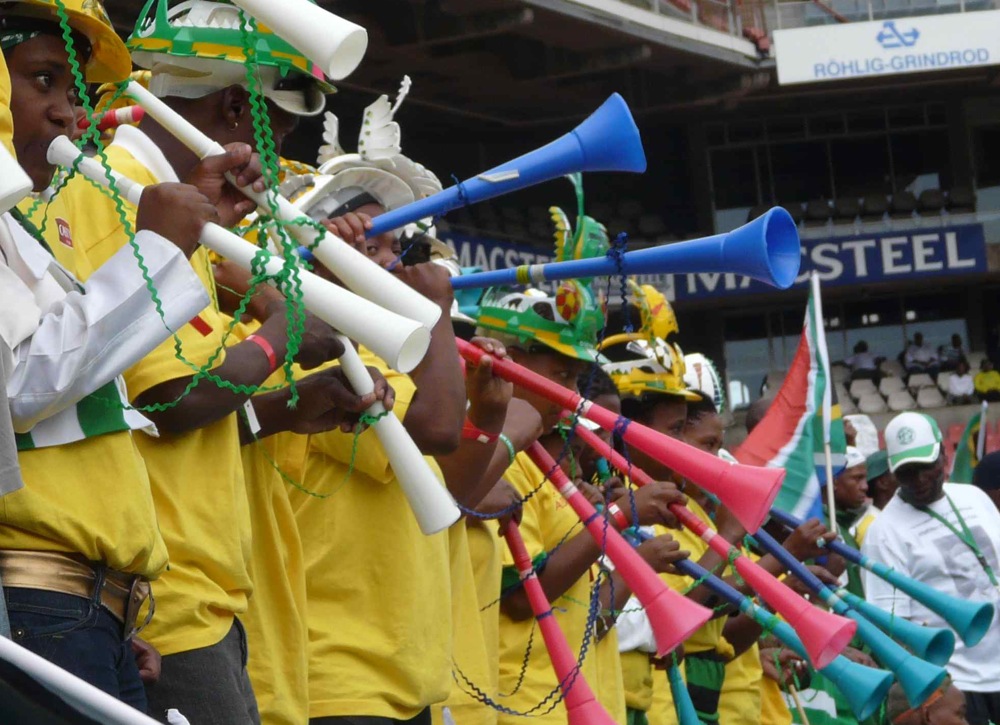Every affiliate marketer is always looking for the successful market that gives the biggest paycheck. Sometimes they think it is a magic formula that is readily available for them. Actually, it is more complicated than that. It is just good marketing practices that have been proven over years of hard work and dedication.
There are tactics that have worked before with online marketing and is continuing to work in the online affiliate marketing world of today. With these top three marketing tips, you will be able to able to increase your sales and survive in the affiliate marketing online.
What are these three tactics?
1. Using unique web pages to promote each separate product you are marketing. Do not lump all of it together just to save some money on web hosting. It is best to have a site focusing on each and every product and nothing more.
Always include product reviews on the website so visitors will have an initial understanding on what the product can do to those who buys them. Also include testimonials from users who have already tried the product. Be sure that these customers are more than willing to allow you to use their names and photos on the site of the specific product you are marketing.
You can also write articles highlighting the uses of the product and include them on the website as an additional page. Make the pages attractive compelling and include calls to act on the information. Each headline should attract the readers to try and read more, even contact you. Highlight your special points. This will help your readers to learn what the page is about and will want to find out more.
2. Offer free reports to your readers. If possible position them at the very top side of your page so it they simply cannot be missed. Try to create autoresponder messages that will be mailed to those who input their personal information into your sign up box. According to research, a sale is closed usually on the seventh contact with a prospect.
Only two things can possibly happen with the web page alone: closed sale or the prospect leaving the page and never return again. By placing useful information into their inboxes at certain specified period, you will remind them of the product they thought they want later and will find out that the sale is closed. Be sure that the content is directed toward specific reasons to buy the product. Do not make it sound like a sales pitch.
Focus on important points like how your product can make life and things easier and more enjoyable. Include compelling subject lines in the email. As much as possible, avoid using the word “free” because there are still older spam filters that dumps those kind of contents into the junk before even anyone reading them first. Convince those who signed up for your free reports that they will be missing something big if they do not avail of your products and services.
3. Get the kind of traffic that is targeted to your product. Just think, if the person who visited your website has no interest whatsoever in what you are offering, they will be among those who move on and never come back. Write articles for publication in e-zines and e-reports. This way you can locate publications that is focusing on your target customers and what you have put up might just grab their interest.
Try to write a minimum of 2 articles per week, with at least 300-600 words in length. By continuously writing and maintaining these articles you can generate as many as 100 targeted readers to your site in a day.
Always remember that only 1 out of 100 people are likely to buy your product or get your services. If you can generate as much as 1,000 targeted hits for your website in a day, that means you can made 10 sales based on the average statistic.
The tactics given above does not really sound very difficult to do, if you think about it. It just requires a little time and an action plan on your part.
Try to use these tips for several affiliate marketing programs. You can end maintaining a good source of income and surviving in this business that not all marketers can do.
Besides, think of the huge paychecks you will be receiving…
There are tactics that have worked before with online marketing and is continuing to work in the online affiliate marketing world of today. With these top three marketing tips, you will be able to able to increase your sales and survive in the affiliate marketing online.
What are these three tactics?
1. Using unique web pages to promote each separate product you are marketing. Do not lump all of it together just to save some money on web hosting. It is best to have a site focusing on each and every product and nothing more.
Always include product reviews on the website so visitors will have an initial understanding on what the product can do to those who buys them. Also include testimonials from users who have already tried the product. Be sure that these customers are more than willing to allow you to use their names and photos on the site of the specific product you are marketing.
You can also write articles highlighting the uses of the product and include them on the website as an additional page. Make the pages attractive compelling and include calls to act on the information. Each headline should attract the readers to try and read more, even contact you. Highlight your special points. This will help your readers to learn what the page is about and will want to find out more.
2. Offer free reports to your readers. If possible position them at the very top side of your page so it they simply cannot be missed. Try to create autoresponder messages that will be mailed to those who input their personal information into your sign up box. According to research, a sale is closed usually on the seventh contact with a prospect.
Only two things can possibly happen with the web page alone: closed sale or the prospect leaving the page and never return again. By placing useful information into their inboxes at certain specified period, you will remind them of the product they thought they want later and will find out that the sale is closed. Be sure that the content is directed toward specific reasons to buy the product. Do not make it sound like a sales pitch.
Focus on important points like how your product can make life and things easier and more enjoyable. Include compelling subject lines in the email. As much as possible, avoid using the word “free” because there are still older spam filters that dumps those kind of contents into the junk before even anyone reading them first. Convince those who signed up for your free reports that they will be missing something big if they do not avail of your products and services.
3. Get the kind of traffic that is targeted to your product. Just think, if the person who visited your website has no interest whatsoever in what you are offering, they will be among those who move on and never come back. Write articles for publication in e-zines and e-reports. This way you can locate publications that is focusing on your target customers and what you have put up might just grab their interest.
Try to write a minimum of 2 articles per week, with at least 300-600 words in length. By continuously writing and maintaining these articles you can generate as many as 100 targeted readers to your site in a day.
Always remember that only 1 out of 100 people are likely to buy your product or get your services. If you can generate as much as 1,000 targeted hits for your website in a day, that means you can made 10 sales based on the average statistic.
The tactics given above does not really sound very difficult to do, if you think about it. It just requires a little time and an action plan on your part.
Try to use these tips for several affiliate marketing programs. You can end maintaining a good source of income and surviving in this business that not all marketers can do.
Besides, think of the huge paychecks you will be receiving…










